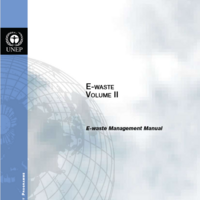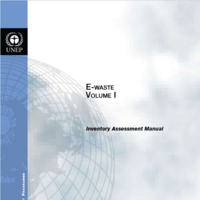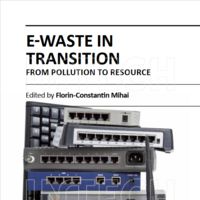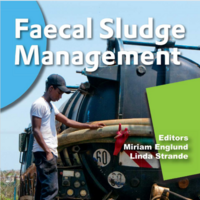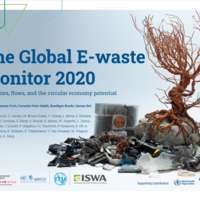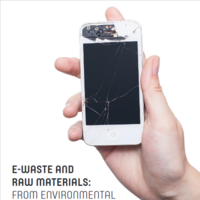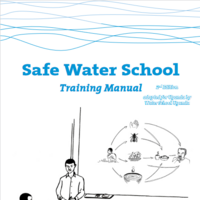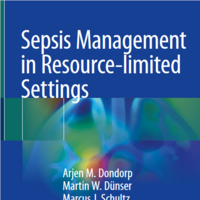Search
Books+
Searching 1,730 books
Search related to the career Hazardous Materials Technician
Compliance with regulations in hazardous material management is crucial for several reasons:
1. Safety: Regulations are designed to ensure the safety of individuals, communities, and the environment. Compliance helps prevent accidents, injuries, and potential disasters by implementing proper handling, storage, transportation, and disposal practices for hazardous materials.
2. Environmental Protection: Hazardous materials can have severe impacts on the environment if not managed properly. Compliance with regulations helps minimize pollution, contamination, and ecological damage by enforcing strict guidelines for containment, treatment, and disposal of hazardous substances.
3. Health Protection: Hazardous materials can pose significant health risks to both humans and animals. Compliance with regulations helps protect public health by establishing protocols for handling, personal protective equipment (PPE) requirements, and emergency response procedures to minimize exposure and related health hazards.
4. Legal Compliance: Compliance with regulations is a legal requirement that must be followed by individuals, organizations, and industries involved in hazardous material management. Failure to comply can result in severe penalties, fines, legal actions, and reputational damage.
5. International Standards: Compliance with regulations ensures consistency and harmonization with international standards. This is particularly important for organizations involved in global trade and transportation of hazardous materials, as adherence to regulations facilitates smooth operations and prevents conflicts between different regulatory frameworks.
6. Risk Reduction: Compliance with regulations helps identify and mitigate potential risks associated with hazardous materials. By implementing proper risk assessment, management plans, and control measures, organizations can minimize the likelihood of accidents, spills, leaks, and other incidents that could lead to significant harm.
7. Emergency Preparedness: Regulations often include requirements for emergency response planning and preparedness. Compliance ensures that organizations have appropriate measures in place to effectively respond to and mitigate incidents involving hazardous materials, thereby minimizing the potential impact on human health, the environment, and property.
8. Public Trust and Reputation: Compliance with regulations demonstrates a commitment to responsible and ethical practices in hazardous material management. It helps build public trust, enhances an organization's reputation, and fosters positive relationships with stakeholders, including employees, customers, communities, and regulatory authorities.
9. Continuous Improvement: Compliance with regulations encourages organizations to continually evaluate and improve their hazardous material management practices. By staying up-to-date with evolving regulations and industry best practices, organizations can enhance their operational efficiency, reduce risks, and contribute to sustainable development.
Overall, compliance with regulations in hazardous material management is essential for ensuring safety, protecting the environment, safeguarding public health, and maintaining legal and ethical standards.
Source: Various AI tools
Searched in English.
